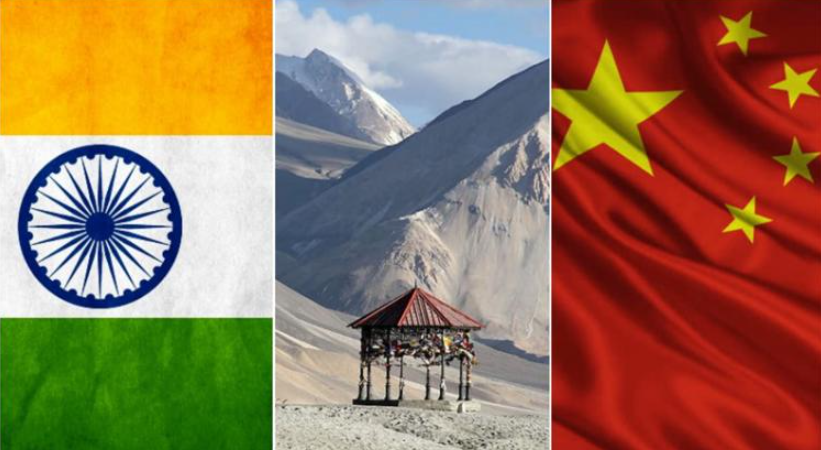Chinese interlocutors later began to assert that SCS were “historic waters” where China had certain legacy rights, but did not explain what these were. They still maintained that China was not claiming the entire stretch of waters as sovereign territory. Once formal submission to this effect was made to the United Nations, the obfuscation could no longer stand. The process of actual occupation, dredging and militarization then began in earnest and still continues. At each step of this creeping process of occupation, neither the Association of South East Asian Nations (Aasen) nor the United States (US) felt threatened enough to take countermeasures. Reversing the changed facts on the ground will require large-scale military action, which is not realistic.
In contrast to Doklam, the operations in eastern Ladakh were not the usual nibbling kind, but backed by deployment of a large number of troops and weaponry. The aim would have been to substantially change the alignment of the Line of Actual Control (LAC) to China’s advantage, making any Indian effort to reverse the gain a risky and costly affair. The skirmish at Galwan with unprecedented loss of life may have been unexpected and not necessarily part of the original script. This is why the rhetoric on the Chinese side, compared to a smaller incident at Doklam, was much more muted and remains so.
What China did not expect was that India would not confine its response to managing the border dispute but would extend it to attacking Chinese commercial interests in India and aligning itself more closely with its Quad partners. The Indian side has upped the ante by taking two steps, one military and one economic — occupying the heights in south Pangong and by permanently banning 59 Chinese apps. Earlier, the signal given was that these commercial actions could be reversed if relations came back on an even keel. The onus is now on China to escalate both on the border, but importantly in other dimensions of the relations. Should China seek to push India out of the Shanghai Cooperation Organization? What about India’s membership of the Asia Infrastructure Investment Bank or the BRICS Development Bank? Should it lead in disbanding BRICS which may bring it into conflict with Russia and other members? Should it retaliate commercially, which it has not done so far?
The fact that both sides find continuation of talks useful is positive, but it appears that the initiative is no longer on China’s side. Jaishankar has stated quite unambiguously that other aspects of India-China relations could not be insulated from the disturbance to peace and tranquility on the border. The reaction from the Chinese foreign ministry spokesman was to urge that the border situation should be delinked from other aspects of bilateral relations, knowing full well that this is no longer possible. China has miscalculated and does not know how to extricate itself. Has it, for a change, bitten off more than it can chew?




